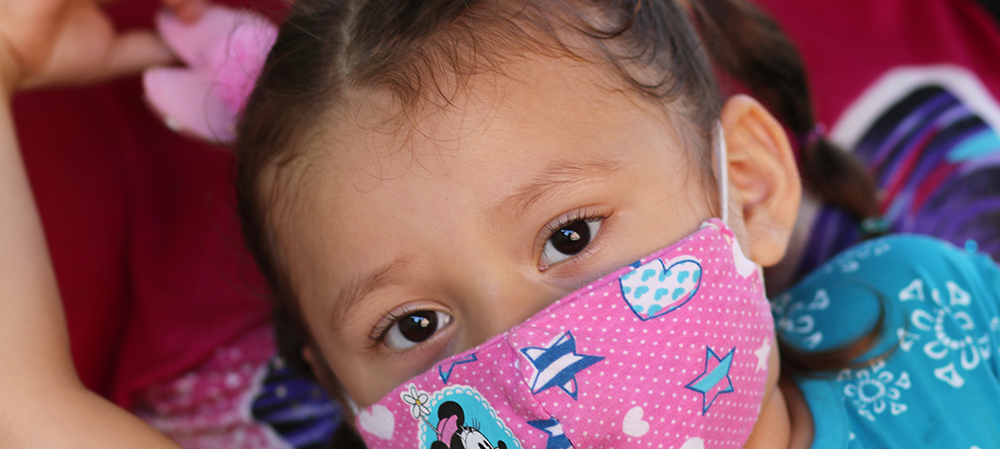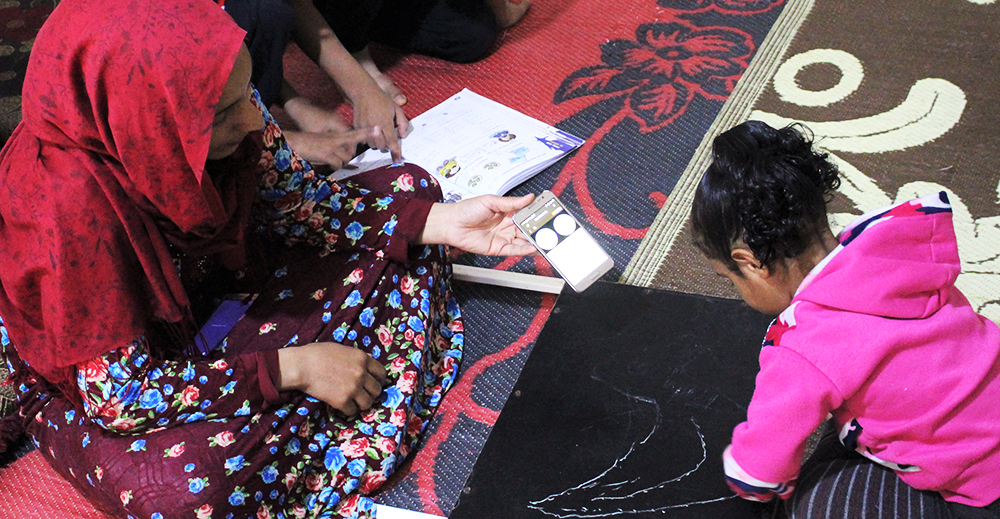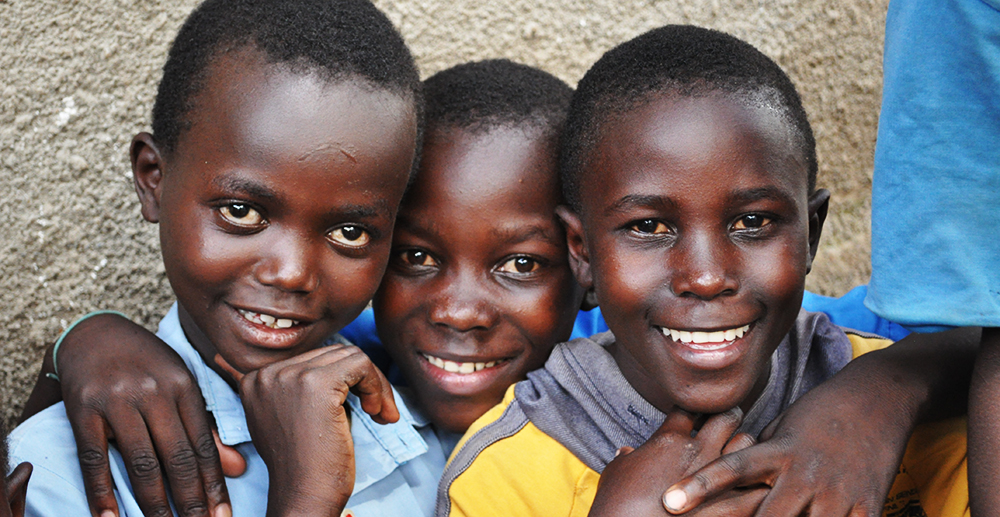
2020 has been a year like no other. Viva’s Chief Executive, Mark Stavers, reflects on our response to the COVID-19 pandemic, outlines our next steps and shares our strategy for the coming five years.
When I look back over the last eight months or so, my overall feeling is one of great pride in the 39 partner networks we work with. COVID-19 first came on our radar in January because of our work in Asia and, by mid-March, it was affecting most of the 28 countries in which we work.
Programmes had to be adapted and, in almost every case, funders were understanding of the changes needed to make programmes either COVID-safe or achieve similar objectives in different ways. Additionally, three-quarters of our partner networks were involved in the distribution of food and/or other physical items.
And, on top of all that, Viva’s staff rapidly developed a mentoring programme for vulnerable children and their families. It works through a sequence of phone calls between trained community mentors and children and their families.
The programme used best practice advice on what topics to cover and was deliberately aimed to use the technology available – old fashioned, ‘normal’ telephones. Smartphones, websites and the like are great when they’re available but they’re not always and certainly not for every child we work with.
The programme was devised at speed but still piloted and revised, and includes a really simple, yet effective, feedback mechanism. We’ve now reached more than 22,000 young people, and 6,300 families, with this programme – and six months ago it didn’t even exist!

What’s next?
We’re currently considering the next stage of our response to COVID-19. We’re looking at continuing, expanding and developing the phone mentoring programme – with new materials on key topics which can be used flexibly either remotely or for small group settings.
We want to respond to emerging needs and provide more training for mentors so they have capacity to deliver more in-depth sessions.
Alongside this, we’re also taking the expertise in education we’ve developed over many years to provide support for children who have lost out on their education.
We’re building on the Creative Learning Centre model developed with our partner network CRANE in Uganda and will adapt it to apply in COVID-19 settings – supporting out-of-school children to learn or supporting in-school children to engage with learning, in small groups or remotely.
There will be training for community support mentors on helping children to learn, and in-depth, one-year teacher training. All of this is currently being developed – you can hear more about it here from my colleagues Jane and Anna.

Five-year strategy
Looking further ahead from COVID-19, we have also been looking at Viva’s longer-term strategic objectives. We’ve set ourselves the objectives that by 2025 we will have:
- Increased the impact of our work on the lives of vulnerable children
- Helped each of our current 39 partner networks to be sustainable
- Grown the number of partner networks that we work with from 38 to 75
We’ve done a lot of thinking about what “increasing impact” means and are talking with a foundation about investing in our Monitoring, Evaluation and Learning (MEL) systems. We’ve just appointed internal leads for the three strategies underneath that objective who will be responsible for driving that increase in impact.
To increase the sustainability of our partner networks we established a ten indicator benchmark two years ago and are a good way down the road of helping each of our partner networks to “pass” that benchmark.
We assess it annually in collaboration with each individual partner network and then run both global and individual programmes to help in the weaker areas. We’re on course for all of our partner networks to “pass” in the next 18 months or so.
The final objective we’ve set ourselves is to grow the number of partner networks. We’ve looked at a number of ways of approaching this, including:
- Having strategic cities – capital cities where people can ‘come and see’ a network and then spread the methodology
- Multiplying the number of networks in a single country – potentially to take advantage of the same legal structures as well as accumulated local, cultural knowledge
- Splitting some existing networks in half – some networks have spread so they cover multiple cities and our experience is pretty consistent that networks work best in a geographically defined area of a single city, meaning we could get more impact by splitting such networks in half.

The challenges
Finally, whilst I have been so encouraged by what each of our partner networks has been doing to respond to COVID-19, the last eight months has been challenging too.
Although Viva remains a strong global charity, our income was lower in 2019-20 than we had hoped for and we’re expecting it to remain at the same level for 2020-21. (If we achieve the same income in 2020-21 as we did in 2019-20 then we think we will have achieved a lot and will be very pleased.)
If we repeated the loss we had last year this year we would be in serious trouble, and so our board and I have had to take some painful decisions in order to ensure Viva remains strong for the future. We’ve done a lot of thinking and praying and reorganising.
We protected our overseas programme staff completely because we judged that to be the most important part of the organisation but we’ve made cuts in fundraising, finance, administration and programme teams in the UK. The process took time and has led to some long-standing staff leaving the organisation.
Using a gardening metaphor, we have now done the painful pruning needed and look forward to Viva re-growing a healthy way to flourish in a new way for a new season.
Thank you for your ongoing support and partnership in all that we do, for your gifts and for your prayers, and for continuing to stand with us.
Mark Stavers is Viva’s Chief Executive
